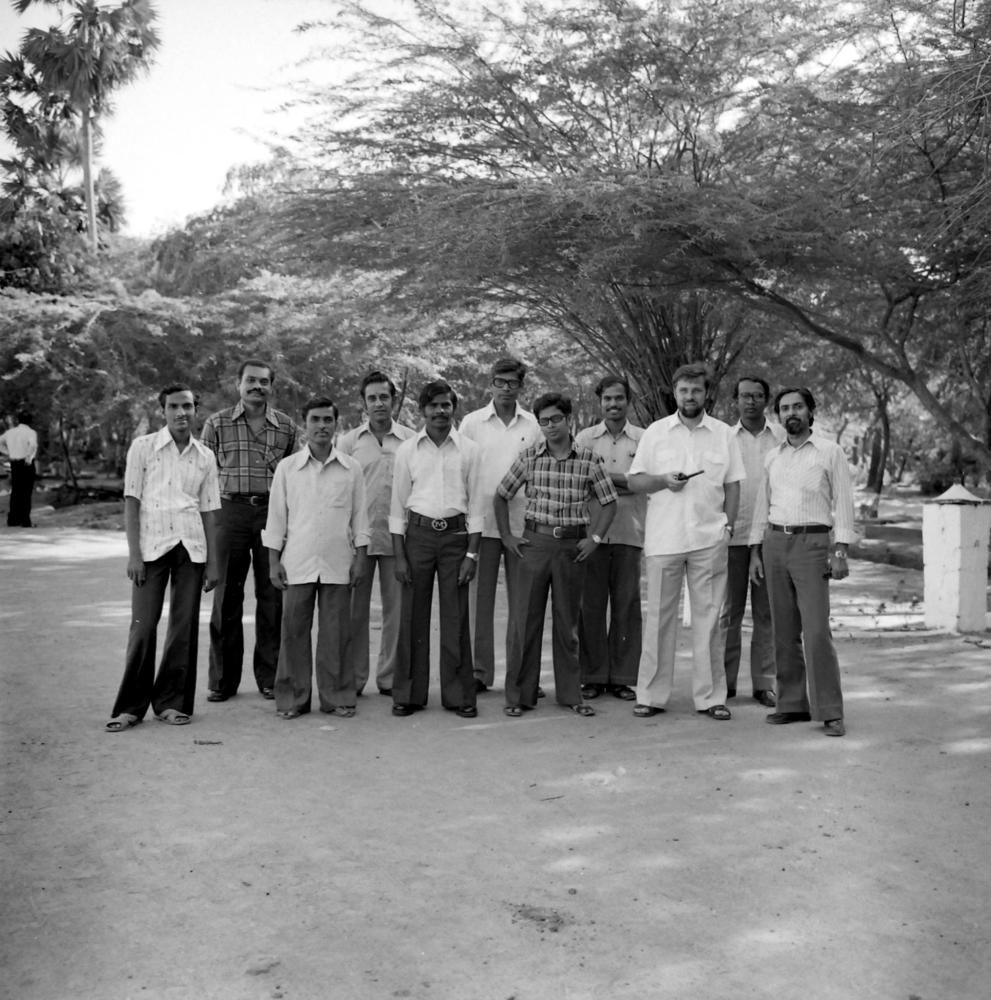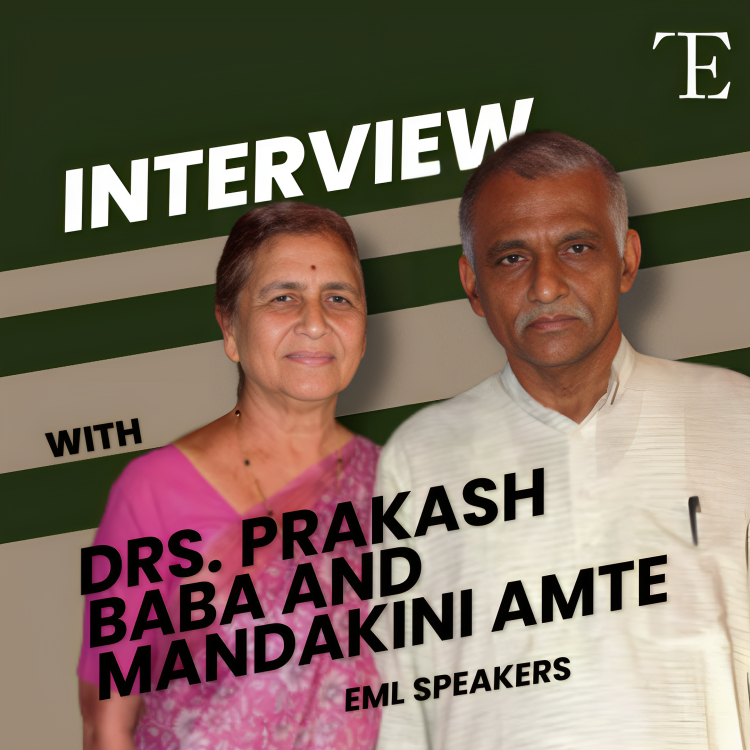Institute Blues ranks high among the awards given out to the graduating students annually. This is an attempt to deconstruct the selection criterion for the awards.
Let me start this article by reporting a curious observation — many students on campus are not necessarily interested in pursuing their respective academic streams. For many students, the time spent in the institute is the time when they figure out their real interests. However, exploring the plethora of opportunities in the institute while maintaining a grip on academics is certainly not easy, and those students who have managed it — the ‘all-rounders’ if you will call them — have been few and far between; rare enough for the Senate to constitute the Institute Blues Awards to recognize them.
The Institute Blues Award ranks among the highest possible recognitions conferred by the institute on students. Stringent conditions ensure that only the best students apply – other than academics, a student has to exceed a minimum score in at least three of four different categories (viz. Sports, Cultural, Organizational and Co-curricular activities) to be considered for the award. With very few students making the final cut and the selection procedure for these prestigious award shrouded in mystery, T5E decided to interview Prof. Umakant Dash, Cultural Affairs Advisor and Chairman of the Institute Blues Awards Committee for 2016, to understand the criterion for these awards better. The interview cleared up a lot of misconceptions regarding these awards but at the same time, raised some important questions.

The first thing that Prof. Dash clarified regarding the Institute Blues is that the Senate notification for the Institute Blues does not specify any selection procedure and that the selection committee for these awards is empowered to frame appropriate guidelines to judge students. Over the years, the committee has come up with an elaborate point structure for each of the cultural, extra-curricular, co-curricular, sports and academic fields that are part of the application. According to the norms, points are awarded to each student separately under the above four categories and normalized first for the stay / course duration and then against “average of maximum over the immediate past 5 years” or maximum of that year, whichever is minimum with the resulting normalised points awarded on a scale of 0-25.
According to Prof. Dash, the committee takes two major factors into consideration when looking out for potential awardees. The first and foremost factor is the worth of the awards – the committee takes the question of standards very seriously and ensuring that the awards retain their worth year after year is a major concern for the committee. That said, the committee also needs to ensure that students are treated fairly – the highest score, if an outlier, shouldn’t adversely affect the chance of other applicants and hence, the committee compares the scores with the average of the previous five years. The norm mentioned in the previous para exists to ensure precisely that. Consider the case when the highest scores in Cultural section in a year is 80 (non-normalized) and previous five years’ average is 75. The student scoring 75 and above automatically gets 25 marks and all other scores are normalized against 75 on a 0-25 scale. However, if the opposite were the case, with 75 being the highest score of the year and 80 the average, the normalization is done against 75. But on what criteria are these points awarded?
Academics is measured by a student’s CGPA – the CG is converted is normalized to 25 points by multiplying it with 2.5. The Sports category focuses on Inter IIT and Schroeter, with students who are part of the Inter-IIT contingent getting a blanket 10 points with an addition of 6 or 3 points depending on whether a student had participated in a team or individual event. Placing in an individual event, however, awards a student more points (10, 5 and 3 respectively) than the same for a team event (7, 4 and 2 respectively). Schroeter has no participation points with points awarded only for individuals/teams who place (5, 3, 2 and 4, 2, 1 respectively). Points are also awarded for the the Dean’s Trophy events (Sanmar, Open-Bridge etc.) whose point structure for placing is similar to that awarded for Inter-IIT. Apart from these, sporting achievements outside the institute, as long as achieved during one’s student life, are also considered for points.
The Culturals events category (the extra-curricular field) comprises of Saarang, LitSoc and the like. Here again, participation in Saarang (or equivalent) gives participation points of 6 and 3 for team and individual events respectively. Points for placing follow the same structure as that for Sports with Saarang and LitSoc getting points comparable to that of Inter IIT and Schroeter. The Co-curricular events category includes technical fests, paper presentations and publications and some select internships. Participation and placing in Shaastra and TechSoc is pretty straightforward and follows the same point structure as that of Saarang and LitSoc. Publications and internships, however, are more tricky. While deciding on the number of points that needs to be awarded for publication in Conferences and Journal, the committee takes into account the level and type of the conference and journal, with prestigious conferences and publications fetching more points. Further, the committee also looks at the number of authors to decide on the points. Publications with guides are awarded fewer points (3) than individual publications, with single author conference and journal publications getting 5 and 10 points respectively. Internships on the other hand, have no set point system in place and the committee awards points to select internships on a case-to-case basis. Placing in a department festival also counts, with 5, 3 and 2 points awarded for the first, second and third places.
The final category, Organizational (PoRs), is a landmine in terms of the sort-of arbitrary ways in which points are awarded. Being an Institute Secretary fetches a student a whooping 20 points and Cores, Institute Captains and Hostel Secretaries get 10 points. Department Secretaries, Institute Vice-Captains, Hostel Captains and Coordinators are awarded 5 points while being a Department Core, a member of the Department Organizing committee or a Hostel Vice Captains fetches only 3 points.
The above point structure that was followed last year raises some troubling questions. Let’s take for example the points awarded for PoRs. At the outset, the above point structure does not take into consideration the amount of work done by the student. This leads to some really absurd comparisons. For instance, a Pro-Show core gets the same points as a (now-defunct) Garden Secretary. A Mechanica Core is less valued than a Saarang F.R Coordinator. It doesn’t matter what sort of new ideas, what sort of new skills, a student brings to a team – he/she is as valued as any other student who happens to be a team member. When this was brought to Prof. Dash’s notice, he explained that the committee has no way to take these factors into consideration unless and until there is active peer recognition – something that doesn’t happen so much currently.
There are some other inconsistencies too. Take, for example, the division between Saarang as cultural and Shaastra as co-curricular. Quizzes are a grey area that fall in both Saarang and Shaastra and a quiz master can easily score well in both the co-curricular and cultural categories. Activities that students pursue outside the institute and which do not fall into any of the above mentioned clear-cut boundaries are also subject to the discretion of the committee, with no hard and fast rule detailing how many points a student should receive. There also have been rare exceptions where the institute felt the need to recognise contribution of certain students and awarded them the Blues by forgoing these set criterion.
Doesn’t this ambiguity in the points structure give an advantage to some, and pose a challenge in identifying the most talented students? Maybe, concedes Prof. Dash. At the same time, striking an optimistic and encouraging note, Prof. Dash maintained that the committee was open to suggestions from the student community and the Student Affairs Council on improving the current procedure. Prof. Dash also emphasized the importance given to peer recognition by the committee. Like faculty references, peer recognition plays a decisive role in case of a tie between students. Hence, Prof. Dash encouraged students to nominate their fellow students to apply for the Institute Blues or further recommend those who have already applied, by dropping a mail about the same to [email protected]
Applications for the Institute Blues 2015-16 close by 4pm on March 18, 2016.



